Hard Drive Identification
Internal Hard drive connections is as follows
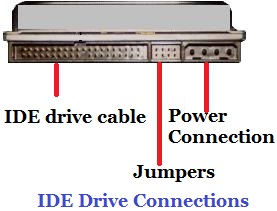 |
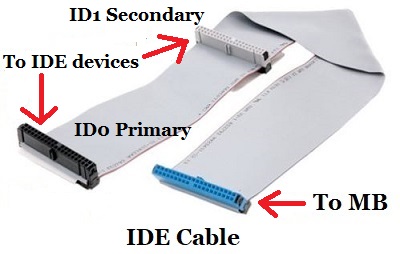 |
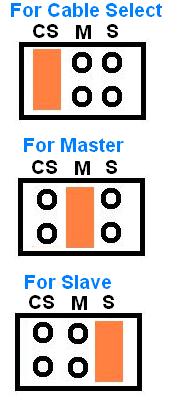 |
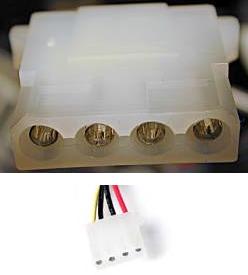 |
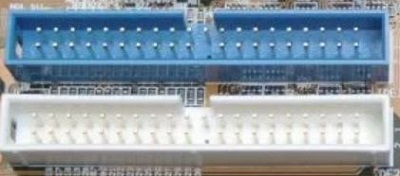 |
IMPORTANT!!!
When you install a drive that is IDE, you must turn the computer off
first. For instructions on installing,
click here
This technology is being phased out and being replaced with the SATA
technology. You will not see this on newer systems.
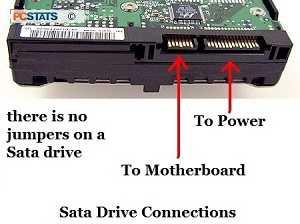 |
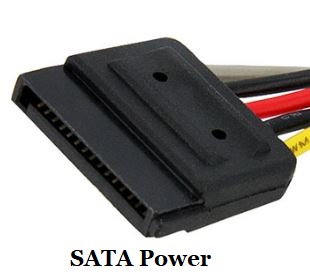 |
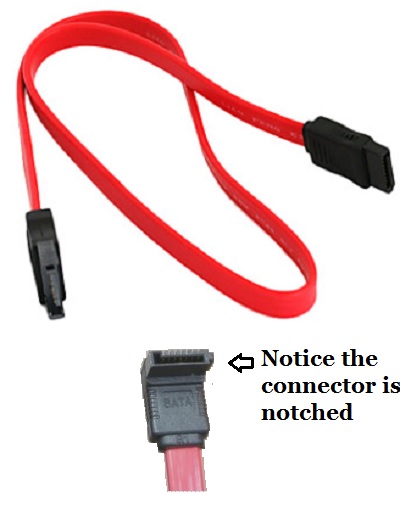 |
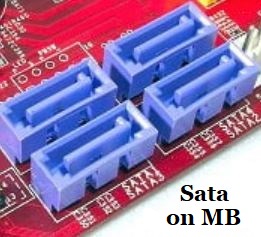 |
The primary hard drive goes into Port number 1. If the drive is 6GB capable, plug it into the ones labeled as SATA6G.
SCSI
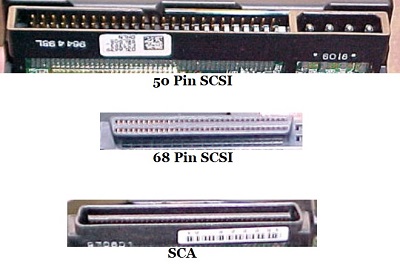 |
There is also USB external drives. They are the same as the SATA drives above but they are in their own enclosure that is connected via USB
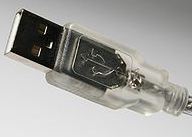 |
There is various types of hard drives and they look like the following this
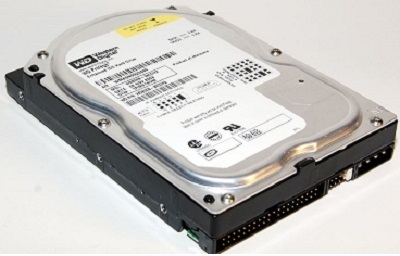 |
Desktop hard drive
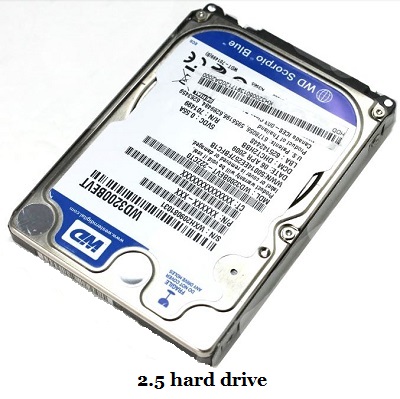 |
Laptop hard drive (size is 2.5)
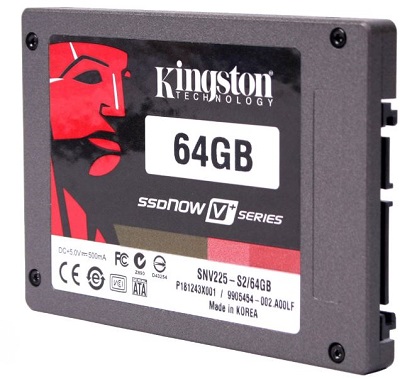 |
SSD drive (size is 2.5)
3.5 Desktop hard drives
The 3.5 drives are not labeled as Desktop but people refer them as such. Hard disk drives have been the dominant type of storage since the early days of computers. A hard disk drive consists of a rigid disc made with non-magnetic material, which is coated with a thin layer of magnetic material. Data is stored by magnetizing this thin film. The disk spins at a high speed and a magnetic head mounted on a moving arm is used to read and write data. A typical hard disk drive operates at a speed of 7,200 rpm (rotations per minute), However there is 5400 rpm drives as well. You will often see this number as part of the technical specifications of a computer. The spinning of the disk is also the source of the humming noise of a computer, although most modern hard disk drives are fairly quiet. The size of the drive can go up to 10 terabytes (this can change as technology improves so this may not be accurate at time you read this)
In general, hard disk drives are very robust and can be used for many years without problems. However, hard disk drives can fail and one of the most common reasons is a head crash. This occurs when the magnetic head scratches the magnetic film. This typically happens as a result of a physical shock, like dropping a computer while it's on. When your hard drives experience mechanical failure you can often hear a grinding or scratching sound. Such a crash results in data loss since the magnetic film gets damaged. It is, therefore, always a good idea to have a backup copy of the important files on your hard drive. This is from Study.com You can read more on it here http://study.com/academy/lesson/what-is-a-hard-drive-types-function-definition.html
2.5 Laptop hard drive
A laptop hard drive looks similar to an SSD drive but they are different from each other. Both drives can be used in laptops or desktops. However the laptop hard drive is usually only used in Laptops or small form factor systems, but can be used in any system. They are mechanical with moving parts. They are identical to the 3.5 drives only smaller. Generally more expensive than 3.5 drives due to it being smaller in size. Laptop is not the actual name of the drive but it is used often that people refer it as such.
Solid-State Drives (SDD)
Solid-state drives are a relatively new alternative to more traditional hard disk drives. Solid-state drives do not have moving parts, and data is stored electrically instead of magnetically. Most solid-state drives use flash memory, which is also used in memory cards for digital cameras and USB flash drives. Since there are no moving parts, solid-state drives are much less vulnerable to damage from physical shock. The major downside of solid-state drives is that they are a lot more expensive than hard disk drives, although prices are gradually coming down.
Despite the cost, solid-state drives are quickly becoming the preferred type of hard drive for certain types of computers because they are very damage proof and smaller than regular hard disk drives. For example, the MacBook Air now comes standard with a solid-state drive using flash memory. This is from Study.com You can read more on it here http://study.com/academy/lesson/what-is-a-hard-drive-types-function-definition.html
The size of the SSD card storage is maximum of 2 Terabytes (this can change as technology improves so this may not be accurate at time you read this)If you don't know if the drive you have is SATA, IDE, or SCSI look at the connections. Below is a the link for a picture of the various connections below.
Some connections are not available for certain connections.
Externally via USB (depending on laptop capabilities and attachments)
SSD drives Can be
Externally via USB (depending on laptop capabilities and attachments)
CD-ROMs can be
NOTE: IDE is older technology and is currently being phased out.
For instructions on installing hardware, click here.
For more information on the use of each drive, click here
